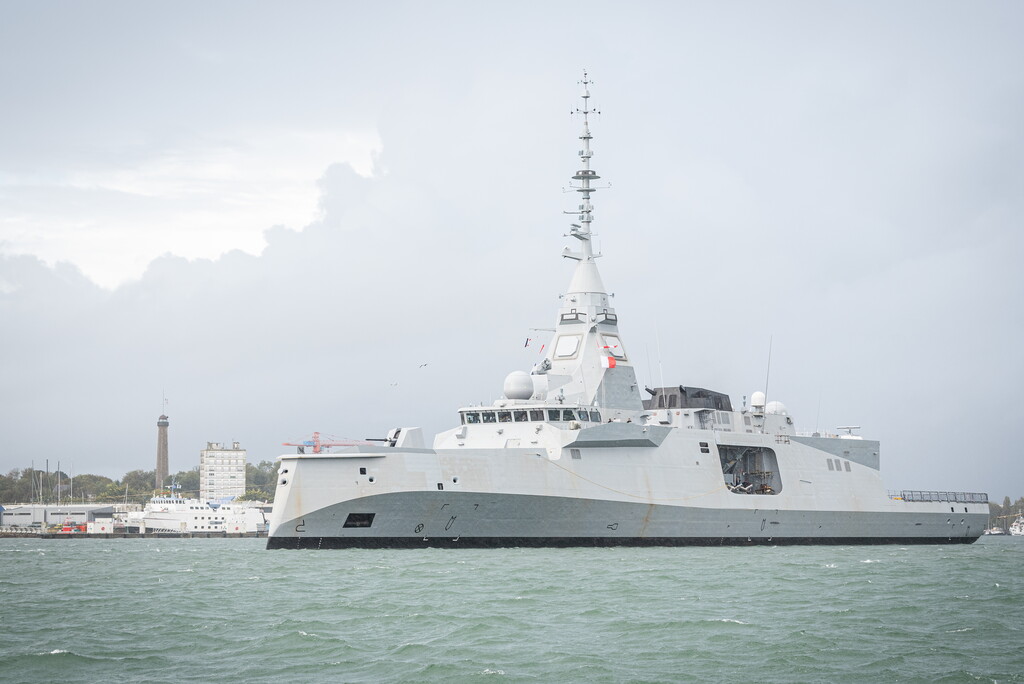Les travaux de l’UE, comme ceux de l’OMI, ont vocation à harmoniser et améliorer les règles de conception et de construction des navires de commerce. L’immunité octroyée aux navires de guerre les préserve toutefois de ce référentiel, véritable carcan normatif qui ne tient pas compte de leurs spécificités technico-opérationnelles. Compte tenu de la richesse du retour d’expérience de la flotte mondiale de commerce, certaines de ces préconisations techniques peuvent néanmoins s’avérer bénéfiques. Le recours aux chantiers civils ainsi qu’aux sociétés de classification (conséquence du changement de statut de DCN) conduit d’ailleurs la Marine nationale à opérer ce rapprochement vis-à-vis de la méthodologie et du référentiel de conception applicable à la Marine marchande.
Sécurité maritime et architecture navale
Maritime safety and naval architecture
The EU and the IMO are working to harmonise and improve the rules for design and build of merchant ships. The immunity given to warships spares them from the burden of this set of standardising rules and regulations, which do not take into account their technical and operational peculiarities. Given the wealth of feedback from the world’s merchant fleets, some of these technical recommendations could nevertheless prove to be beneficial to warships. As a consequence of the change in status of the DCN, the French Navy is increasingly calling upon civil shipbuilding yards and classification companies, and is looking seriously at closer similarity between warship build standards and those for methodology and design applicable to the merchant navy.








